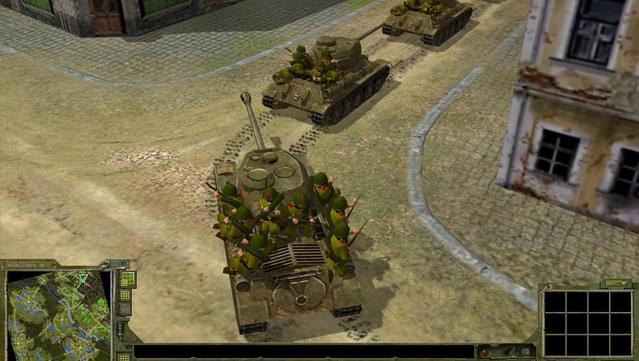

The second ability that the Scout gains at level 3 is the Survivalist feature. You’ll want to quickly read the situation to determine what the best strategic move is! Survivalist If you expect that you might still get hit by something big or if the enemy that is triggering your Skirmisher ability has the potential to put out some massive damage, you might be better off using Uncanny Dodge. However, using this ability means that you can’t use your reaction for other things.įor example, you won’t be able to make any opportunity attacks or use the Rogue’s Uncanny Dodge ability until your reaction resets on your next turn. It helps you carve out some distance between yourself and the attacker while giving you a good opportunity to still maintain the best positioning you can. In many situations, using your reaction with Skirmisher is a great idea.
D&D 3.5 SUDDEN STRIKE FREE
Keep in mind that the enemy doesn’t necessarily even need to attack you for this to trigger! If the enemy went first, ran up next to you, and attacked someone else, you can still get away.Īs long as they end their turn within 5 feet of you, you get some free movement with no risk of getting smacked by an opportunity attack! Skirmisher and Action EconomyĪs a quick note, you’ll want to keep in mind all of the options that you have for using your reaction in a round. Positioning is key to playing a ranged combatant and this ability helps you reliably maintain good vantage points and find cover. Instead, this only takes a reaction for the scout and it happens at the end of the enemy’s turn!Įspecially for a ranged character, being able to quickly back away is incredibly important. To get away safely, you would typically need to use a bonus action so that you could disengage with the Rogue’s Cunning Action ability. Not only does this not provoke opportunity attacks, but it can greatly help you get out of a sticky situation if a big bruiser has managed to get in close to you! When an enemy ends their turn within 5 feet of you, you can use your reaction to move up to half of your movement speed away. The first of two level 3 features for the Scout is Skirmisher. So let’s take a look at this subclass’s abilities! Skirmisher If anyone has the skills to get back out safely, it’s the Scout! They aren’t scared to move up ahead of the group to check for any signs of trouble. These characters are survivalists with keen eyes and quick reflexes. In many ways, the Scout is a type of mixture of the Rogue and Ranger classes. The Scout’s affinity for nature and quick reflexes can greatly help the party make it through the wilderness alive! Scout Rogue Abilities in 5e You’ll want to check out my other article explaining Ranged Combat if you plan on playing a Scout! That article covers ranged weapons, rules and mechanics, and ways to improve your ranged combat performance!Īdditionally, they get more time to shine if your adventure has any “survival” aspects to it. If you know the enemies are coming, the Scout can set traps or coordinate an ambush with their allies to surprise the enemy! Thanks to their skillset and equipment focused on ranged attacks, Scouts can take care of enemies lurking up ahead without putting themselves at risk. But they will help you explore dungeons or other areas that would otherwise be inaccessible to a non-Scout. After all, this archetype’s abilities really hammer in a specific and clear way that the subclass plays.

The Scout may not necessarily be the most versatile character in your adventuring party. Checking ahead for enemies or traps, keeping an eye out for threats, and guiding their party safely towards their goal are all key responsibilities for the Scout. The Scout’s Role in the PartyĪs the name suggests, the Scout best finds themselves as the party’s eyes and ears. Utilizing stealth for positioning purposes more than anything else.Exploring new and unexplored areas by scouting ahead or by taking out enemies before they get too close.


The Scout Rogue swings between stealthy and fast, with just the right blend of natural outdoor skills.


 0 kommentar(er)
0 kommentar(er)
